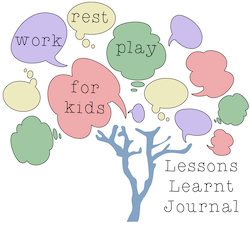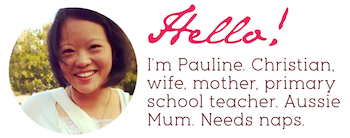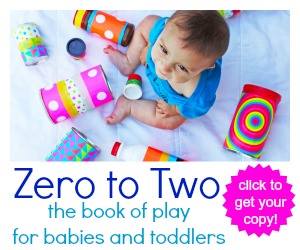Vocabulary for Pre and Beginning Readers
Reading involves understanding printed words, and having a large vocabulary makes it easier to gain meaning from what is being read.
When learning to read, children with rich vocabularies have an enormous educational advantage. The more words a child knows, the more information he/she has.
Building up a child’s vocabulary involves both direct vocabulary learning and indirect vocabulary learning.
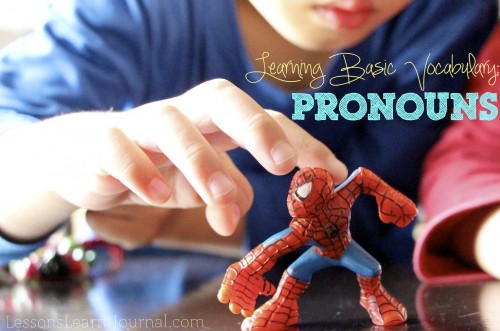
Pronouns: Basic Vocabulary
Here is a simple activity for assessing and teaching pronouns.
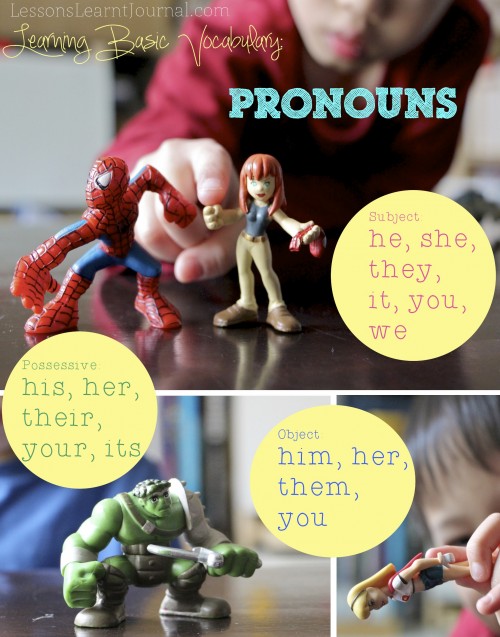
Collect several toys of different genders. (We have bucket loads of comic character toys, so they were our natural choice). Using these toys, ask questions involving various pronouns such as:
- Touch his shoes.
- Touch her hand.
- Can you make her fly?
- Make them jump.
Alternatively, you perform an action using the toy and ask the child to describe the action. Eg. You make Hulk run along a table and the child says, “He is running”.
If incorrect pronouns are used or pronouns are misunderstood, build up the child’s vocabulary by teaching through modelling.
N&M: 4 years, 5 months
November 2012

